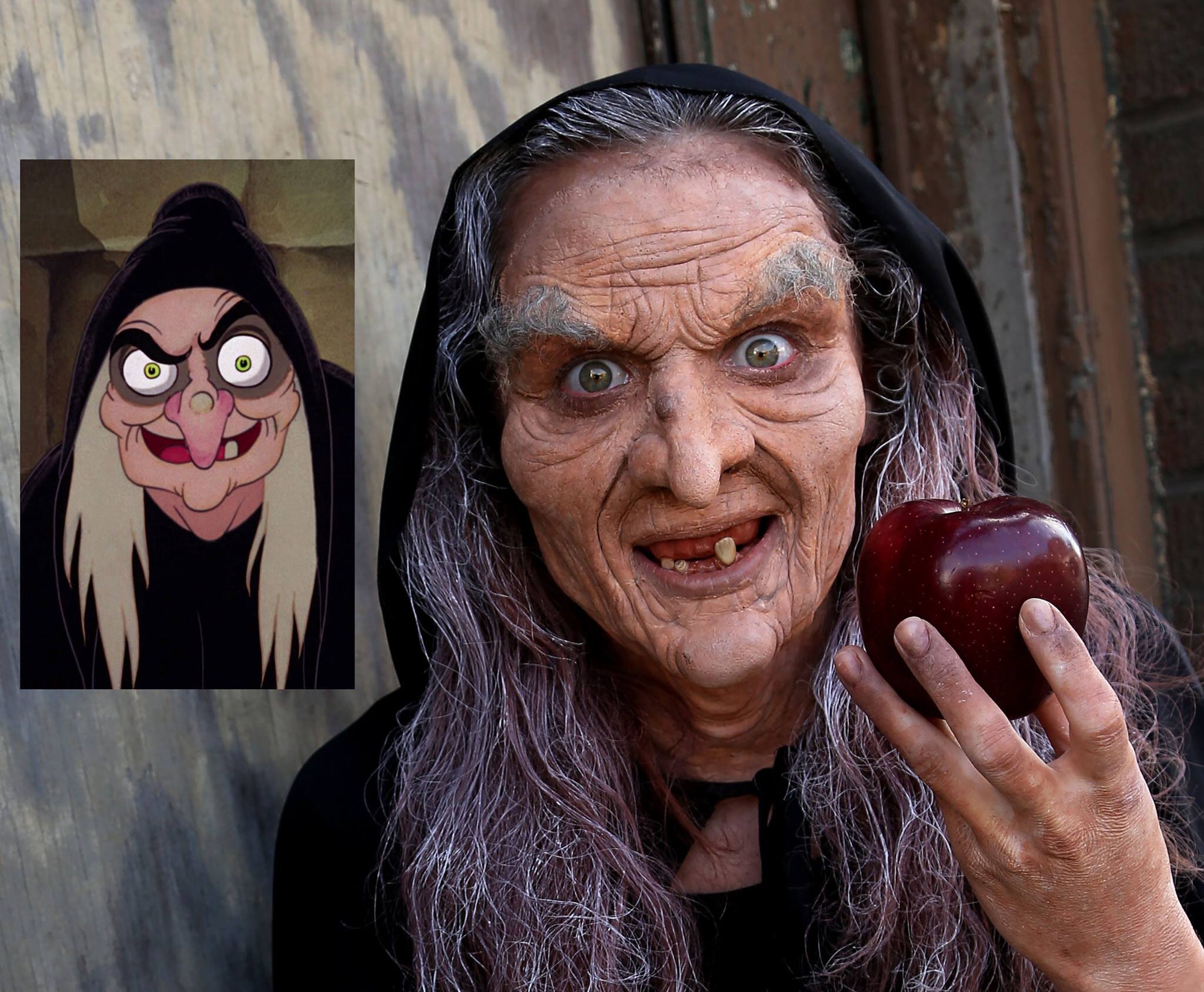Special Effects
Makeup ▪ Props ▪ Sculpture ▪ Mold-Making
In 2015, I decided to go back to school to earn an Associate’s degree in Special Effects Makeup. SFX seemed like the best way to blend both my background in theater and my love for arts and sculpture. I often use the skills I learned from school in many of my projects. Being able to do every step of a process is invaluable to me, and it offers so many more opportunities to customize the needs of a project. I also consider myself to be well rounded in my combination of skills between fine arts and special effects, which allows me to do more for my prospective clients. Since leaving school, I have worked as a scenic fabricator in Orlando, while still doing my own freelance work on the side.

“I don’t do Special Effects. I do Characters. I do Creatures.”
~Stan Winston~
Special Effects work begins with a concept, then figuring out the best way to execute that concept using a variety of possible materials. Most practical effects projects have several steps, but the the most common process can be simplified into sculpting, molding, casting, and then finishing. There are also many possible ways of accomplishing each of these steps within your project, and each will produce a different result. Knowing when to use which technique is extremely beneficial for achieving the best and most efficient results.
This is an example of a three piece prosthetic and custom dentures all made by and modeled by me. Each part of this makeup had to be planned and executed correctly in order to be successful from conception to fruition. The true magic of special effects is in the details. In this case, research, reference, and precision all played a huge role in creating a fully realized character.

Makeups, body paints, hair work, and prosthetics



















Special Effects Sculpture and Props







































Mold-making and Casting

































A huge thank you to the many friends that helped me with some of the above lifecasting, including (pictured) Brea Williams, Merle Skeet, Alanna Cropley, and (not pictured) Diana Ozuna
